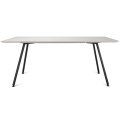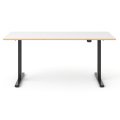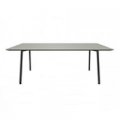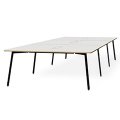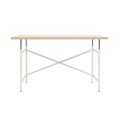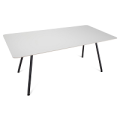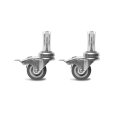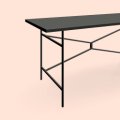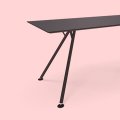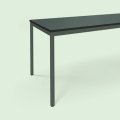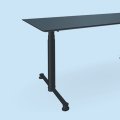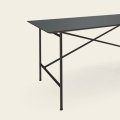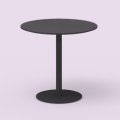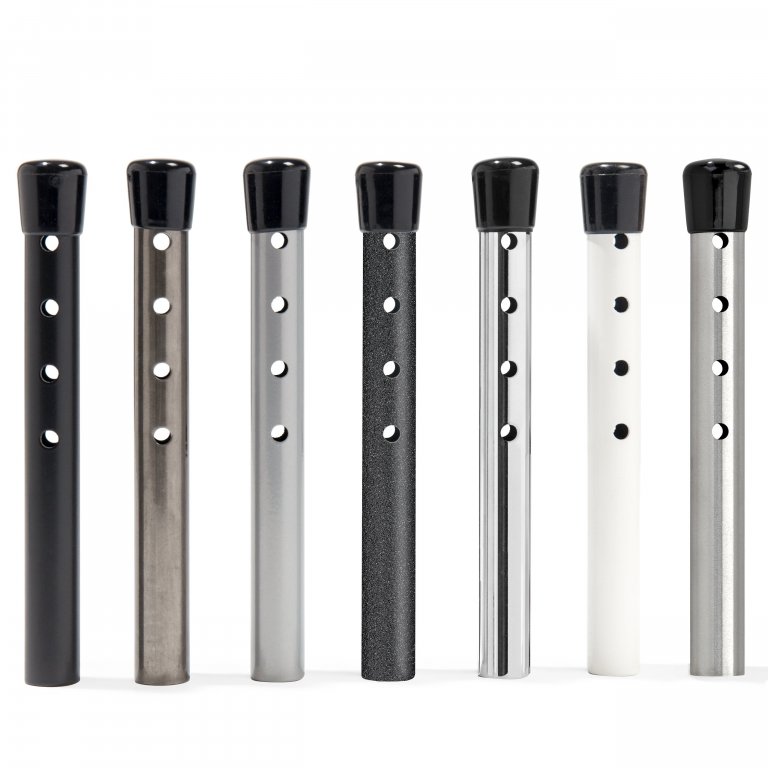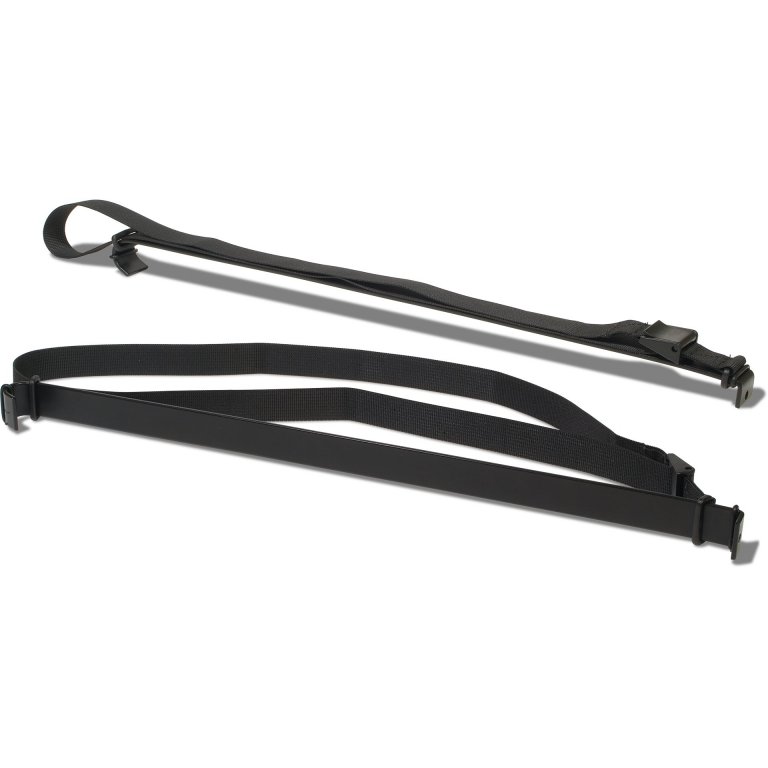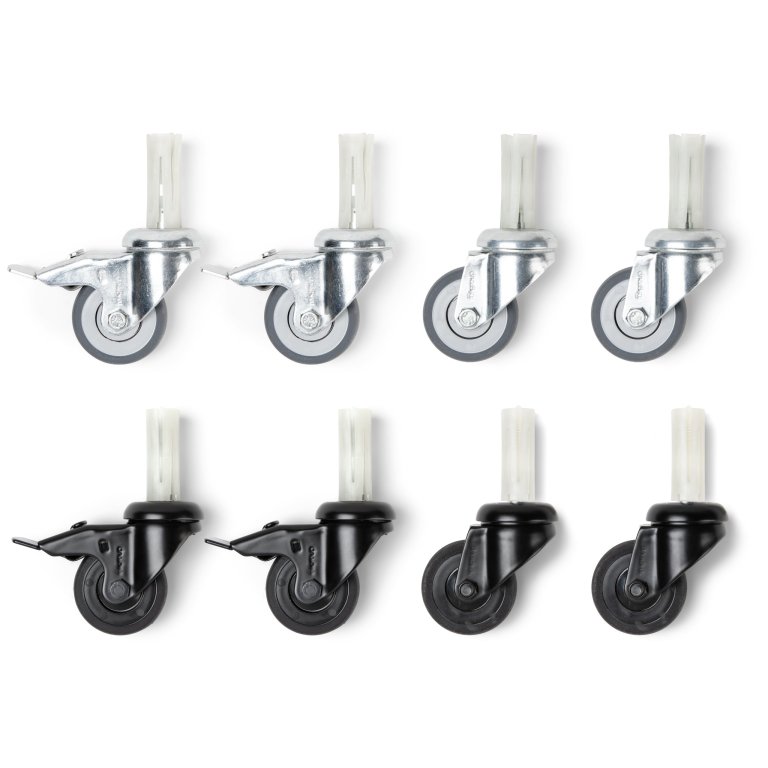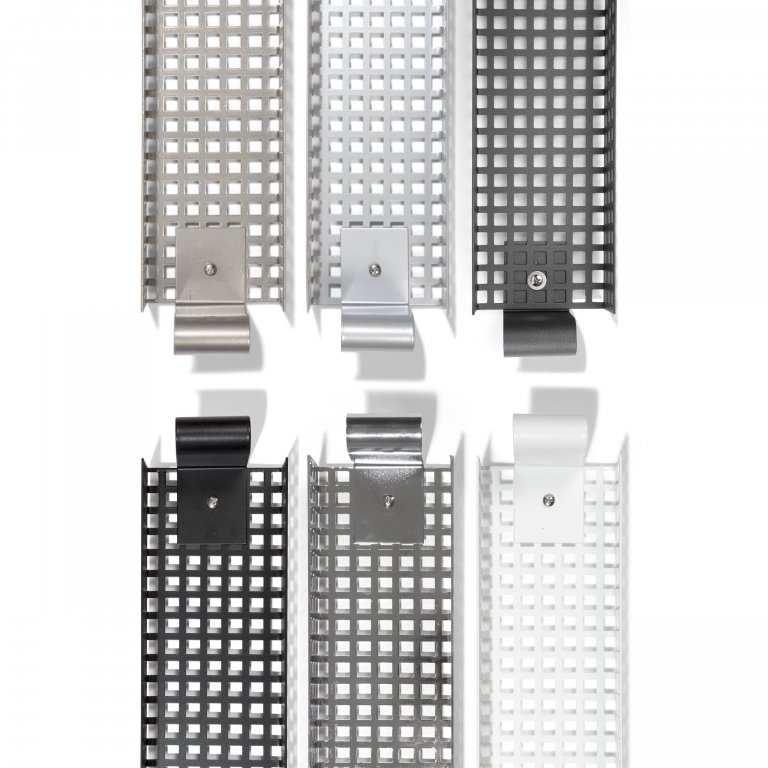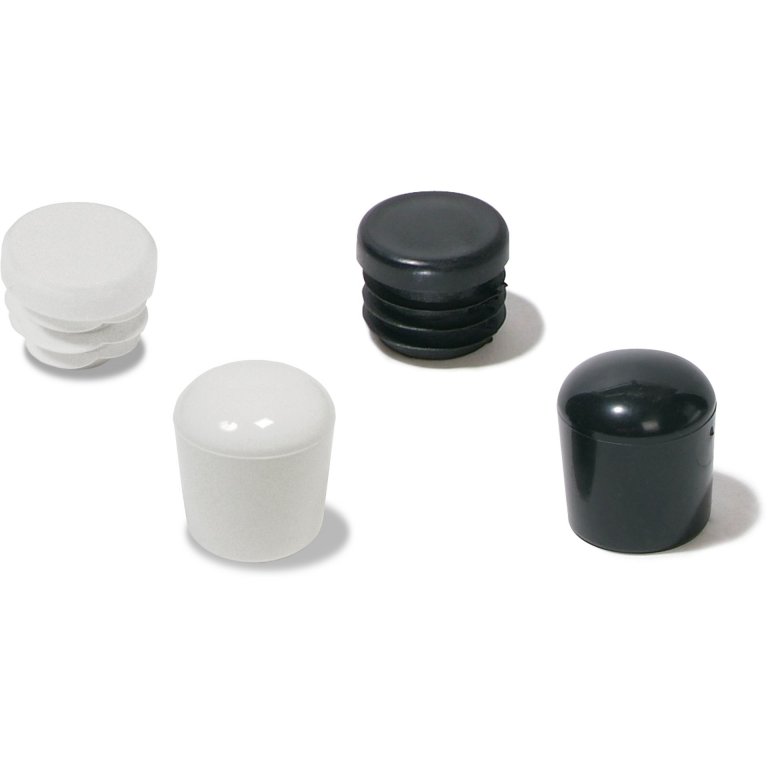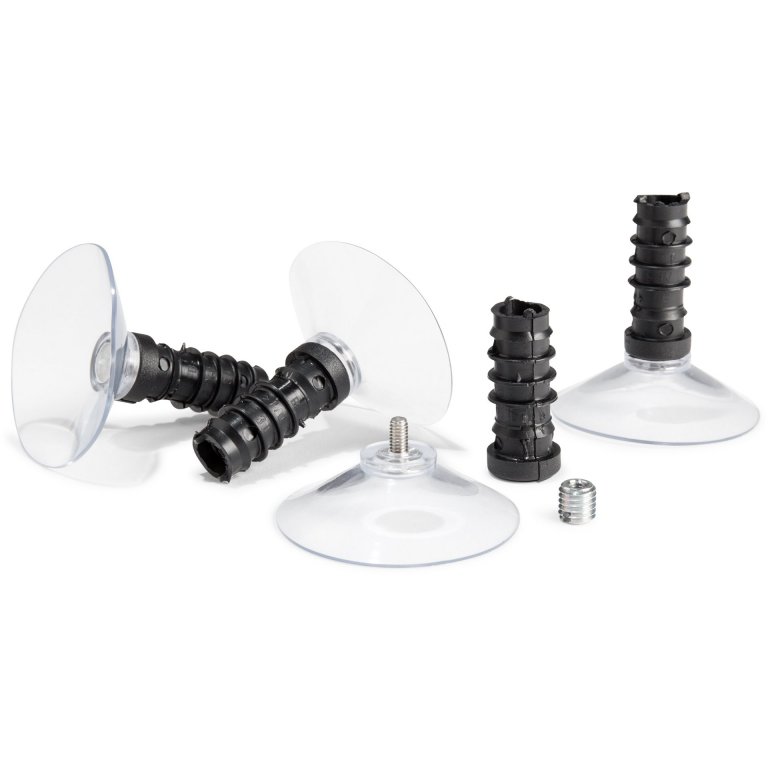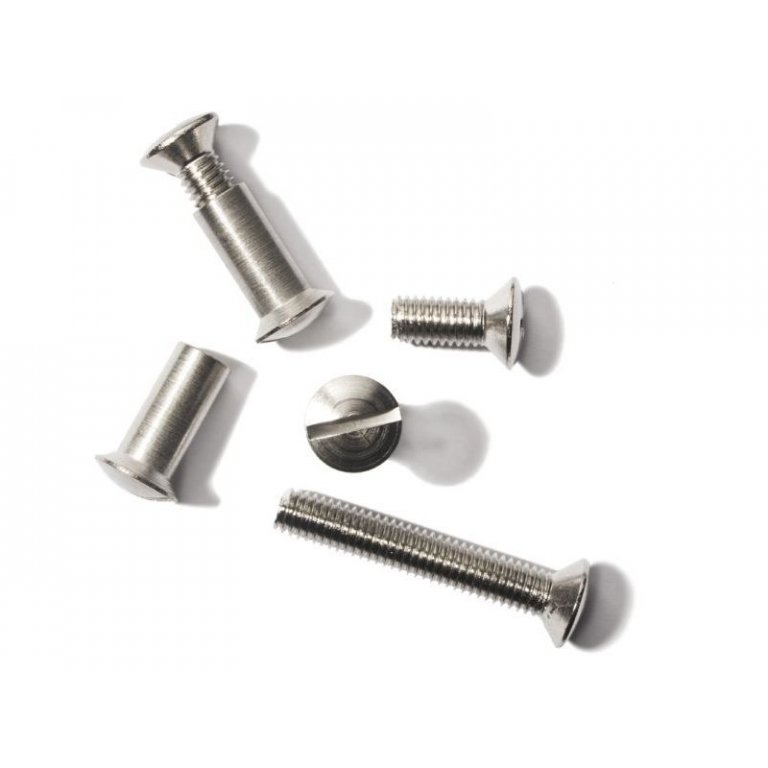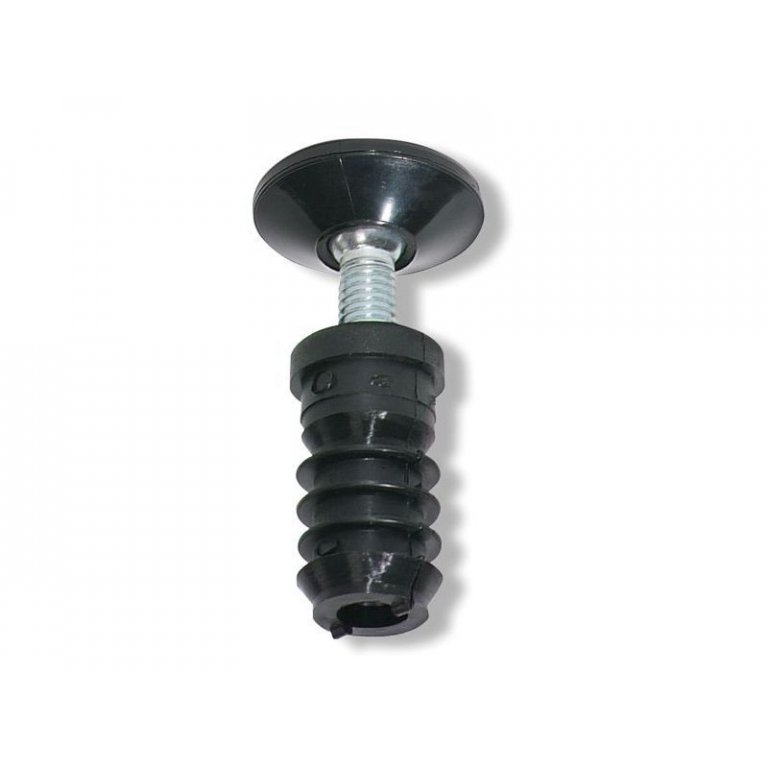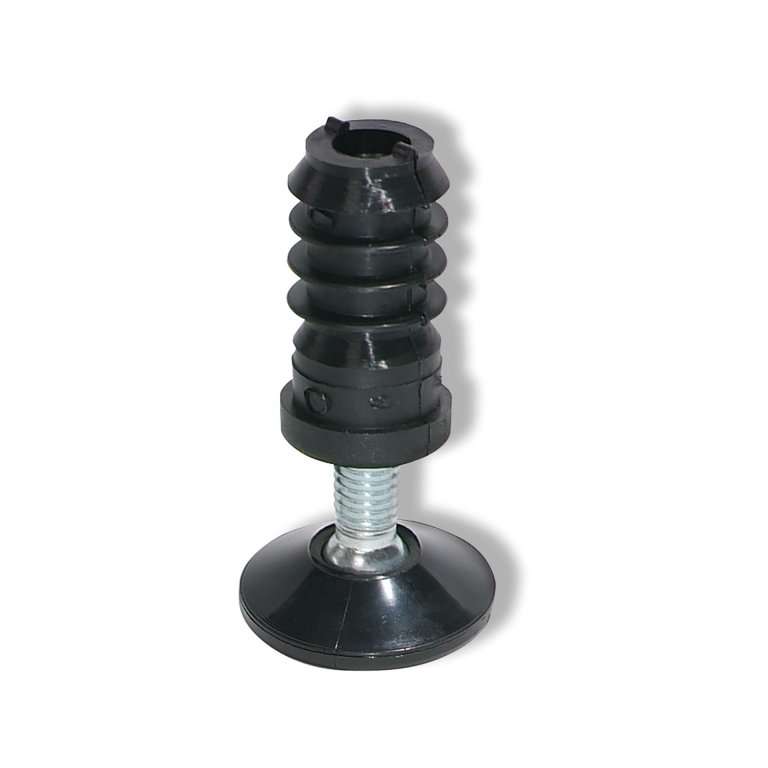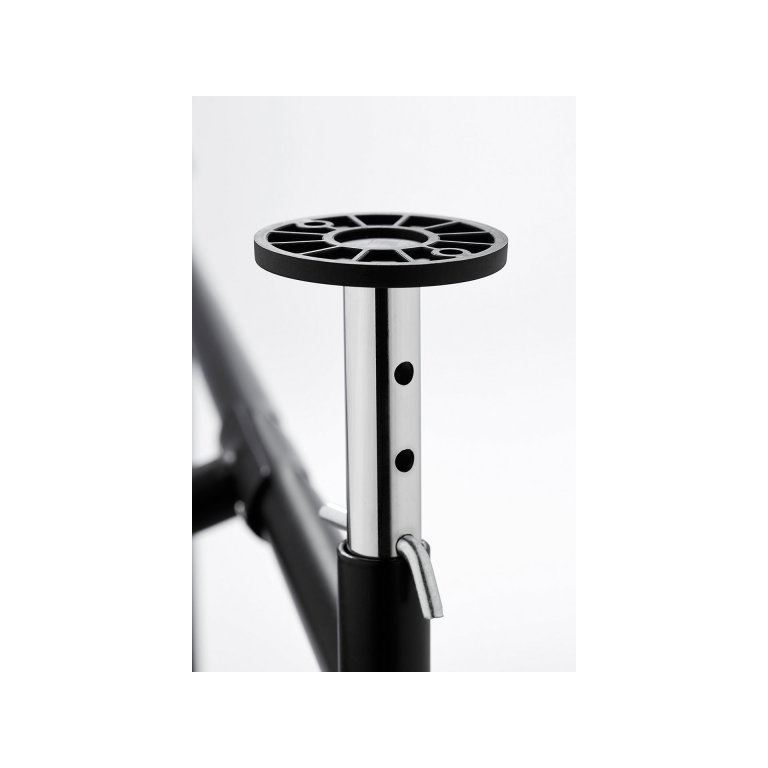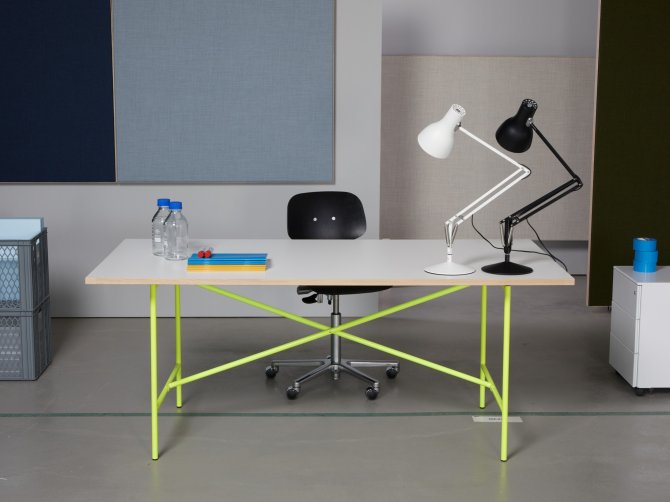E2 table - also known as Eiermann table
Simple design and yet unmistakable: the E2 table is characterised by the slender steel tubes and the stiffening cross struts. They make the table stable and enable an economical construction. A classic in furniture design.
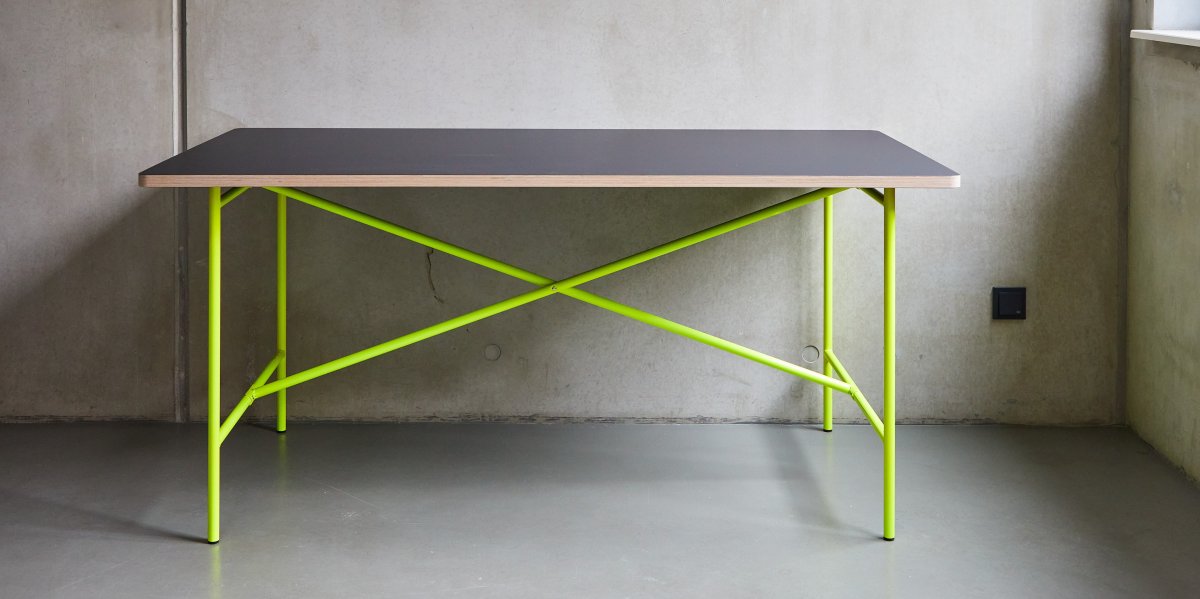
Configure E2 table
With our configurator, you can customise your E2 table according to your own wishes. Choose the size, the colour of the table frame and a table top from our wide range of table tops. You can also add accessories. In the configurator, you can see what your E2 table will look like and how much it will cost.
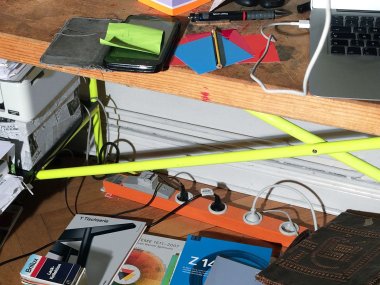
E2 Work table
A melamine resin top or a table top coated with HPL makes the E2 table an unpretentious and practical solution for your workplace. You can draw, design, write, paint, build models and tinker at this workshop table.
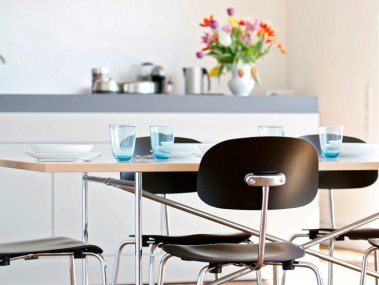
E2 Dining table
The E2 table also cuts a fantastic figure as a dining or kitchen table. For use as a dining table, you should choose the E2 table frame with a classic central cross so that everyone can sit comfortably around the dining table.
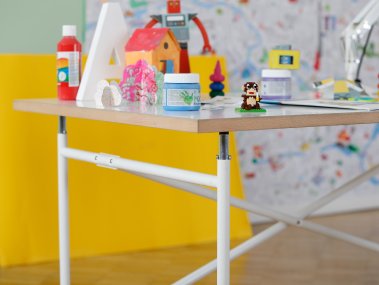
E2 Children's table
The E2 children's table grows with the child and is the ideal solution for children and young people, regardless of age and height. A loyal companion from school to university, this table offers flexible use that adapts perfectly to your child's needs.
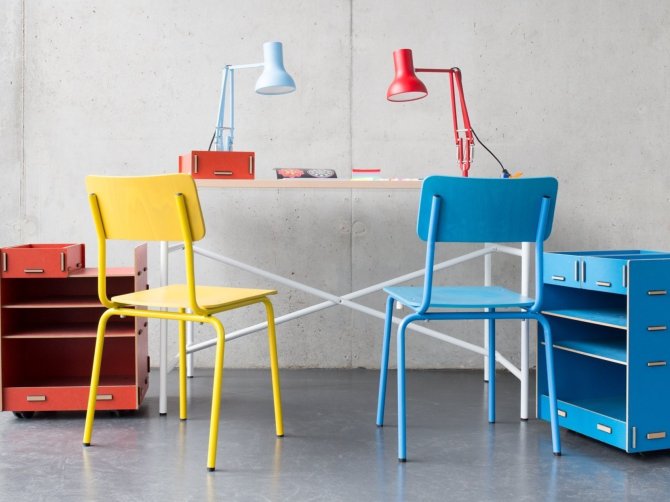
E2 table for children and teenagers
What could be better for a children's desk that grows with the child than a flexible desk frame system? The E2 children's desk frame can be adjusted using the height adjusters supplied. This ranges from a minimum height of 550 mm for 6-year-old children to a maximum height of 750 mm suitable for adults, including a 25 mm thick table top. This means that the E2 children's desk frame can be used as a desk from the first grade up to school graduation.
The adjustable heights correspond to the table heights recommended by EN (European standard) 1729/E 1995. The cross struts of the frame are offset to the rear, giving even tall 15-year-olds enough legroom when doing their homework.
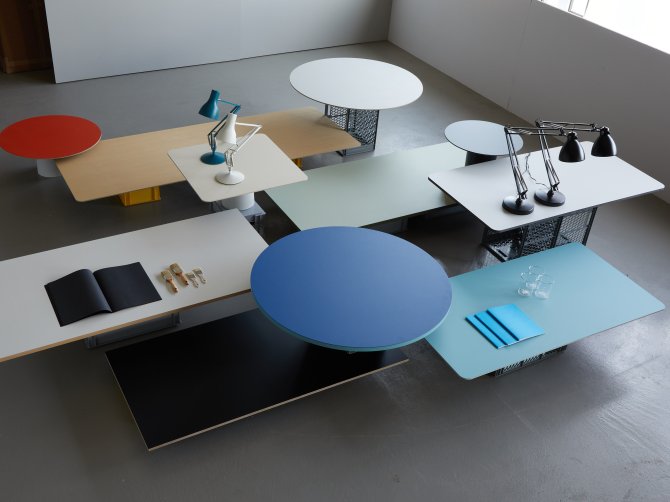
Table tops for the E2 table
What you put on the E2 table frame is entirely up to you. You can use an existing table top or choose one from our extensive range. If you are looking for a robust and cost-effective option for your work table, a melamine table top with beech edging is a good choice.
Are you looking for a worktop that is not only hard-wearing, but also aesthetically pleasing - perhaps with a bevelled edge and rounded corners? Then opt for an HPL table top. If you prefer the comfort and warmth of a natural surface, choose a linoleum table top from our many available designs.
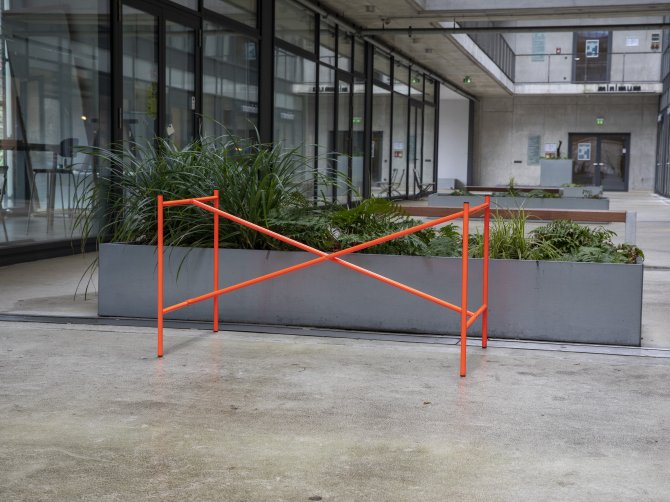
E2 table frame
The E2 table frames, also known as Eiermann tables, offer outstanding stability and can easily support table tops weighing up to 50 kg and more. As a rule, the table tops only rest loosely on the plugs of the side parts and protrude to all sides. This works perfectly as long as the table tops are heavy enough to stay in place. For additional security, you can fix the table top to the side panels or the height adjusters using table top supports. The adjustable feet provide stability on uneven floors. The E2 table therefore offers you maximum flexibility and adaptability - ideal for creative minds and anyone who values functionality!
FAQ
Firstly, you should decide whether you want to sit at your E2 table from one side only or from both sides. If you are placing the E2 table against the wall, for example, you should choose a frame with offset cross struts. This will give you more legroom. If you want to be able to sit at the E2 table from both sides, choose a frame with central cross struts and a table top with sufficient depth so that the cross struts do not interfere too much. Then think about what work you want to do on your table. If you not only want to draw and write at the table, but also glue, cut and craft, a melamine or HPL table top is recommended rather than a linoleum table top. Then decide on the size of the table and the colour and decide whether you need any accessories.
As people often sit and eat at dining tables from all sides, you should choose an E2 frame with centre-mounted cross struts and a sufficiently large table top. This way, the table frame does not interfere and you can sit comfortably at the table from all sides.
The standard height of work tables is between 74 and 76 cm. This table height (top edge of table top) can be achieved with the E2 table frame without a height adjuster: A frame with a height of 72 cm and a tabletop with a thickness of 25 mm results in a total height of 74.5 cm. For a lower table height, choose the lower frame with a height of 66 cm and additional height adjusters.
Standard dimensions do not fit everyone. The specified desk height of 74.5 cm is generally suitable for people between 1.70 m and 1.85 m tall who sit on a normal office chair. The DIN standard ISO 5970 provides general information on seat and desk heights. If you sit at your desk for 8 hours or longer, an ergonomically adjustable office chair is recommended to ensure a healthy sitting posture.
You can adjust the table height either by choosing the side sections with heights of 66 cm or 72 cm or by using height adjusters, which are available as accessories.
With the E2 table frame, the cross struts that connect the side sections can be positioned either in the centre or offset to the depth of the frame. Cross struts positioned in the centre are only recommended if the E2 table is to be used from both sides. If the E2 table is to be used as a work table, the offset cross brace provides significantly more legroom and is therefore the better choice.
Functional accessories for your E2 table
There are numerous accessories available for your E2 table. Perhaps you would like a drawer and a cable duct under your table top, or you would like to add casters to your E2 table? Or would you prefer your table top to be firmly attached to the frame? You will find the right products here.
History
Modulor and the E2 table frame
For a very long time, furniture played no role in the Modulor range. We wanted to offer architects materials with which they could develop their designs, their models and drawings, and not products with which they could furnish their offices. However, over the years we realised that our customers were definitely interested in work furniture. That is why we decided to lay the foundation for the Modulor furniture range with the architect's table, the so-called Eiermann table.
After a few false starts in the procurement of the table frame, we finally came across the Adam Wieland metal workshop more than 20 years ago. In the process, we discovered that the history of the Eiermann table, or the E2, was much more interesting and complex than we had suspected.
The architect and metalworker
Adam Wieland was head of the metal workshop at the Faculty of Architecture at the TH Karlsruhe. Since Egon Eiermann taught at the TH Karlsruhe and was a great master of modern steel construction, Adam Wieland and Egon Eiermann worked together a lot. Among other things, Adam Wieland welded a number of studio tables for Egon Eiermann and his students. The construction was always similar to the Eiermann desks available on the market today: A structure was assembled from steel tubes, the main characteristic of which was a stiffening diagonal cross. Egon Eiermann had already used this construction principle many times, for example for altars in the Gedächtniskirche in Berlin and the Matthäuskirche in Pforzheim. However, the connections of the steel tubes were always an important part of this construction: they were firmly welded together.
From the Eiermann table to the E2
When Egon Eiermann's assistant Klaus Brunner wanted to move from Karlsruhe to Freiburg in 1965, he asked Adam Wieland to saw up his welded Eiermann frame so that he could transport it more easily in his car. He then wanted to have it welded back together by a company in Freiburg. As a metal designer, Adam Wieland was naturally not enthusiastic about this plan. Instead, he developed a dismountable frame for the Eiermann table. He turned the diagonal cross into a vertical structure so that the ends of the tubes could be more easily connected to the side pieces. Egon Eiermann also examined Adam Wieland's design and was enthusiastic about its simplicity. After further orders for this dismountable frame reached Adam Wieland, he began production of the E2 frame. While the welded Eiermann table frame disappeared from the market in the 1980s, the popularity of the E2 by Adam Wieland continued to grow. For many architects, the E2 became known as the ‘Eiermann table’. However, Adam Wieland never had the design protected and never referred to the table itself as the Eiermann table. Nevertheless, the term ‘Eiermann table’ became established in architectural circles. It was only in 2009 that the Wieland table was given an official designation when the brand name E2 was registered. When Egon Eiermann's assistant Klaus Brunner wanted to move from Karlsruhe to Freiburg in 1965, he asked Adam Wieland to saw up his welded Eiermann frame so that he could transport it more easily in his car. He then wanted to have it welded back together again by a company in Freiburg. As a metal designer, Adam Wieland was naturally not impressed by this plan. Instead, he developed a demountable frame for the Eiermann table. He turned the diagonal cross into a vertical structure in order to be able to connect the ends of the tubes to the side parts more easily. Egon Eiermann also examined the design by Adam Wieland and was enthusiastic about its simplicity. After further orders for this dismountable frame reached Adam Wieland, he began production of the E2 frame. While the welded Eiermann table frame disappeared from the market in the 1980s, the popularity of the E2 by Adam Wieland continued to grow. For many architects, the E2 became known as the ‘Eiermann table’. However, Adam Wieland never had the design protected and never referred to the table itself as the Eiermann table. Nevertheless, the term ‘Eiermann table’ became established in architectural circles. It was only in 2009 that the Wieland table was given an official designation when the brand name E2 was registered.
